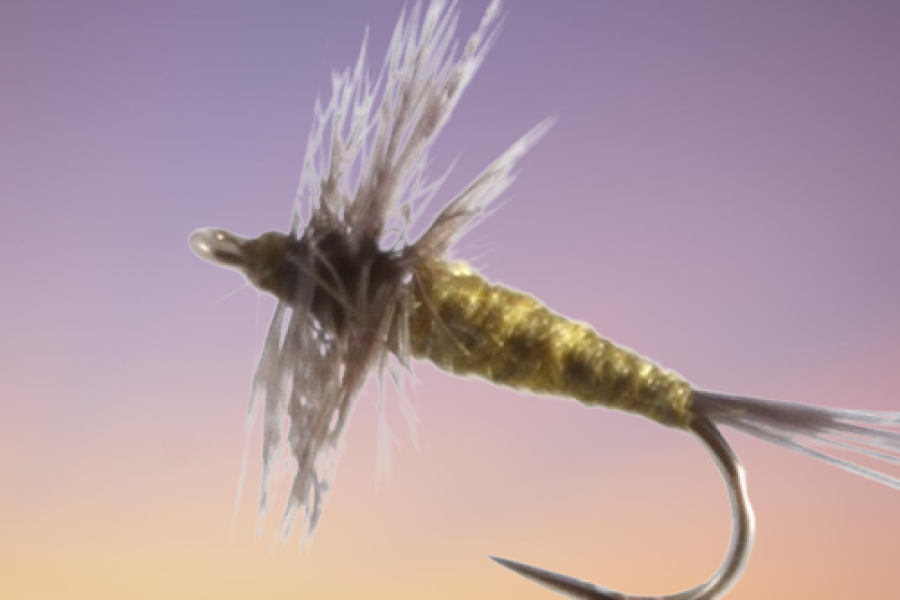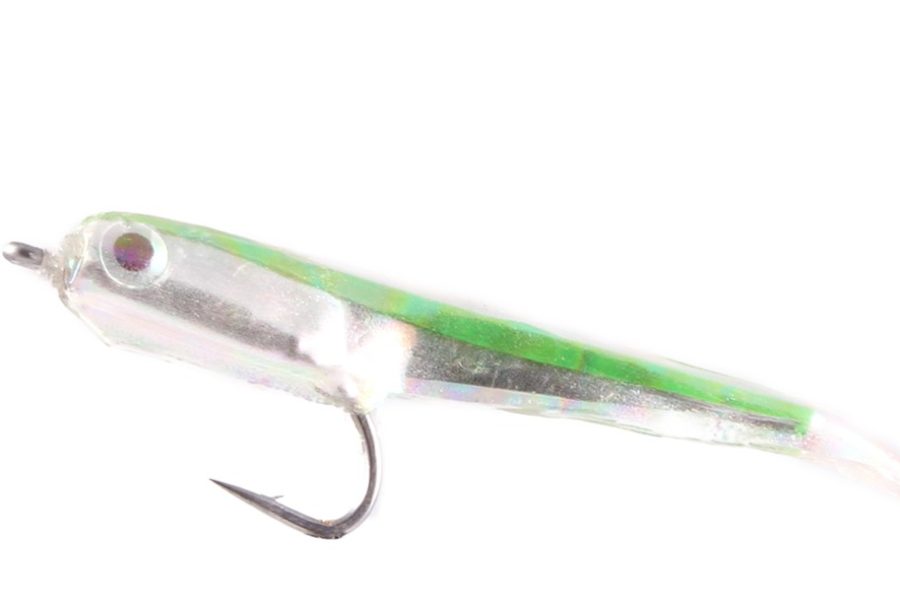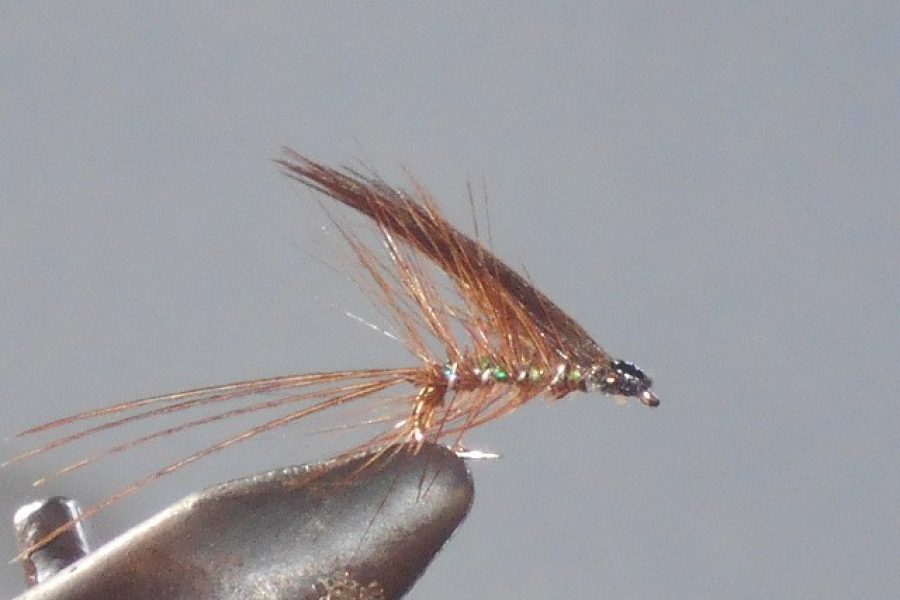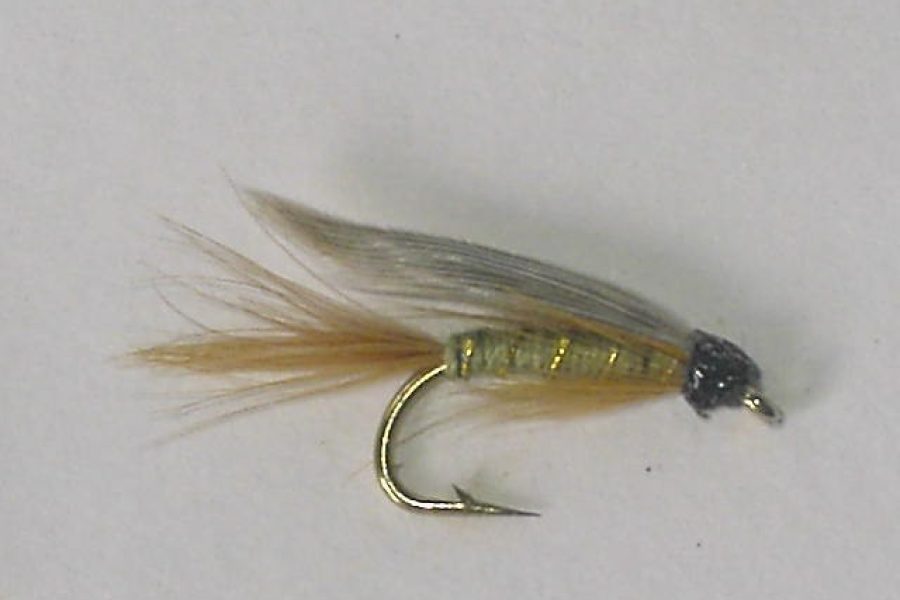Description
Product Overview and Heritage The Amber Nymph Tan fly stands as a testament to classic fly-tying tradition merged with modern innovation. This versatile pattern draws inspiration from traditional European nymphing techniques while incorporating contemporary materials and design elements. The subtle amber and tan colorations create a highly effective imitation of numerous aquatic insects, making it a must-have pattern for serious anglers targeting selective trout and grayling.
Design Philosophy and Construction The pattern’s effectiveness stems from its thoughtfully engineered design that combines:
- Natural amber and tan color gradients
- Precise proportioning for realistic imitation
- Strategic material selection for durability
- Balanced weight distribution
- Specialized hook geometry
Each fly is meticulously hand-tied to ensure consistent quality and proper proportions, resulting in a pattern that performs reliably across various fishing conditions and presentations.
Material Selection and Quality Premium Components:
- High-grade amber dubbing blend
- Quality tan thread for durability
- Specialized ribbing material
- Competition-grade barbless hooks
- Natural and synthetic fiber mix
- UV-resistant materials
The careful selection of materials ensures:
- Enhanced durability during extended use
- Natural movement in water
- Realistic color patterns
- Consistent size and shape
- Superior floating characteristics
Technical Specifications
Hook Characteristics:
- Competition-grade barbless design
- Sizes available: 14-20
- Wide gape configuration
- Chemically sharpened points
- Medium-wire strength
- Optimal bend geometry
Pattern Details:
- Precisely blended dubbing
- Proportional body tapering
- Segmented appearance
- Natural fiber integration
- Strategic weight distribution
Fishing Applications and Techniques
Traditional Nymphing:
- Indicator fishing applications
- Dead-drift presentations
- Swing techniques
- Deep-water approaches
- Short-line methods
Modern European Techniques:
- Contact nymphing
- Tight-line presentations
- Czech nymphing methods
- French leader applications
- Spanish nymphing styles
Seasonal Effectiveness and Strategies
Spring Tactics: The Amber Nymph Tan excels during spring conditions when:
- Water temperatures begin rising
- Mayfly nymphs become active
- Caddis larvae start moving
- Fish transition to faster feeding
- Post-winter feeding patterns emerge
Summer Applications: During warmer months, the pattern proves effective:
- Early morning sessions
- Evening feeding periods
- Deep pool presentations
- Fast-water situations
- High-altitude streams
Fall Performance: Autumn conditions showcase the pattern’s versatility:
- Pre-spawn feeding periods
- Cooling water situations
- Changed light conditions
- Transitional depths
- Mixed insect hatches
Winter Strategies: Even in cold conditions, the pattern maintains effectiveness:
- Midday feeding windows
- Tailwater fisheries
- Deep winter runs
- Slow-water presentations
- Temperature-dependent situations
Habitat and Water Types
Moving Water Applications:
- Pocket water presentations
- Riffle sections
- Deep runs
- Current seams
- Undercut banks
- Boulder gardens
Stillwater Techniques:
- Drop-off zones
- Weed bed edges
- Structure fishing
- Deep basins
- Shallow flats
Target Species and Behavior
Primary Species:
- Brown Trout
- Rainbow Trout
- Brook Trout
- Grayling
- Whitefish
- Cutthroat Trout
Feeding Behaviors:
- Opportunistic feeding
- Selective feeding
- Aggressive takes
- Subtle strikes
- Pattern recognition
Rigging and Setup
Leader Configuration:
- Fluorocarbon tippet recommended
- 5X-7X tippet strength
- 9-12 foot leader length
- Tippet ring options
- Loop-to-loop connections
Multi-Fly Setups:
- Dropper rig applications
- Tandem nymph configurations
- Euro-style presentations
- Indicator setups
- Point fly positions
Competition and Professional Use
Tournament Applications:
- International competition tested
- Consistent performance
- Regulation compliance
- Quick-change capability
- Pressure-tested results
Professional Guide Choice:
- Guide-box essential
- Client-friendly pattern
- Proven success rates
- Easy-to-fish design
- Versatile applications
Care and Maintenance
Post-Fishing Care:
- Fresh water rinse
- Complete drying
- Material inspection
- Hook point check
- Storage preparation
Long-term Storage:
- Dry environment
- UV protection
- Separate compartments
- Regular inspection
- Moisture prevention
Advanced Fishing Methods
Presentation Techniques:
- Dead-drift approaches
- Swing presentations
- Lift and drop methods
- Cross-current drifts
- Upstream nymphing
Depth Control:
- Current speed adaptation
- Leader length adjustment
- Casting angle variation
- Drift management
- Weight distribution
Environmental Considerations
Conservation Features:
- Barbless design
- Eco-friendly materials
- Sustainable construction
- Catch-and-release oriented
- Minimal environmental impact
Material Sustainability:
- Responsible sourcing
- Biodegradable options
- Recyclable components
- Durable construction
- Ethical production
Water Conditions and Adaptation
Clarity Adjustments:
- Clear water techniques
- Stained water approaches
- High-water strategies
- Low-water presentations
- Mixed conditions
Light Conditions:
- Bright day tactics
- Overcast strategies
- Dawn/dusk techniques
- Shadow considerations
- Seasonal light adaptation
Scientific Design Elements
Hydrodynamics:
- Water flow interaction
- Drift characteristics
- Sink rate control
- Current resistance
- Movement patterns
Color Theory:
- Natural imitation
- Light refraction
- Underwater visibility
- Color stability
- Pattern contrast
Entomological Considerations
Insect Imitations:
- Mayfly nymphs
- Caddis larvae
- Stonefly nymphs
- Midge pupae
- General attractors
Life Cycle Stages:
- Early instar
- Late instar
- Emerging stages
- Active nymphs
- Dormant periods
Additional information
| Hook type | Barbed Hooks, Barbless Hooks |
|---|---|
| Hook size | 10, 12, 14, 16, 18, 20 |








